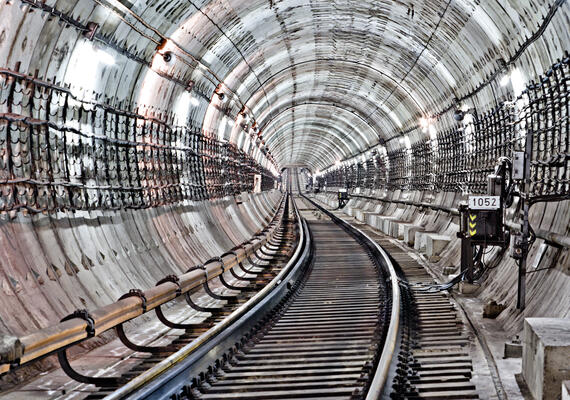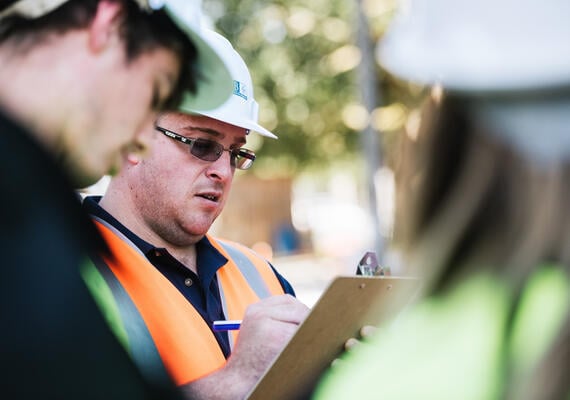Our research is transforming the geotechnical landscape by addressing the industry's most pressing challenges. From sustainable practices to practical solutions, we focus on key areas such as soil stabilisation, rock mechanics and pavement rehabilitation, aiming to revolutionise the way infrastructure is designed and built.
Geomechanics for surface and underground infrastructure
We provide practical solutions to existing infrastructure and future problems in both the civil and mining industries. Our projects range from tunnelling and slope stability to rock blasting, road pavement, pre-conditioning and the demonstration of novel mining methods.
Multiscale geomechanical modelling
Our expertise in numerical modelling spans particle-based, finite element and discrete element codes to tackle complex, non-linear geomechanical problems. From millimetre-scale particles to kilometres of mine and slope stability, we simulate real-world geomechanical responses, integrating dynamics (blasting) and hydrodynamics (water) to produce highly reliable, fit-for-purpose research outcomes.
Road and rail infrastructure design and materials
We specialise in creating smarter, more sustainable transport systems using recycled materials, cost-effective designs and smart transportation technologies. We focus on improving pavement systems and rail infrastructure by monitoring, predicting and optimising material behaviour to enhance performance, safety and sustainability.



